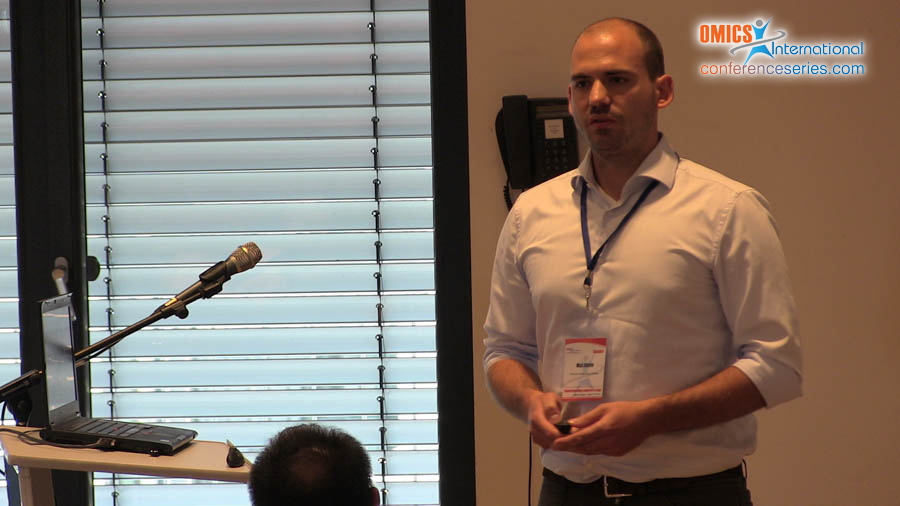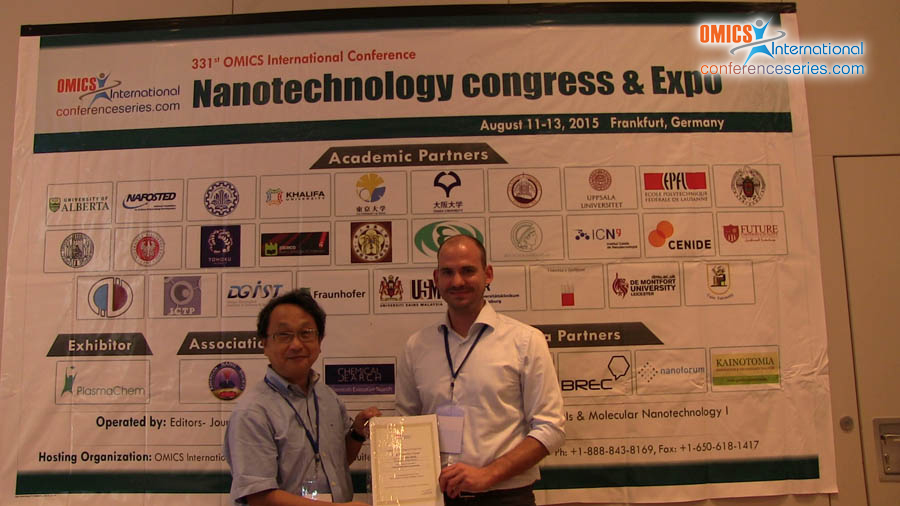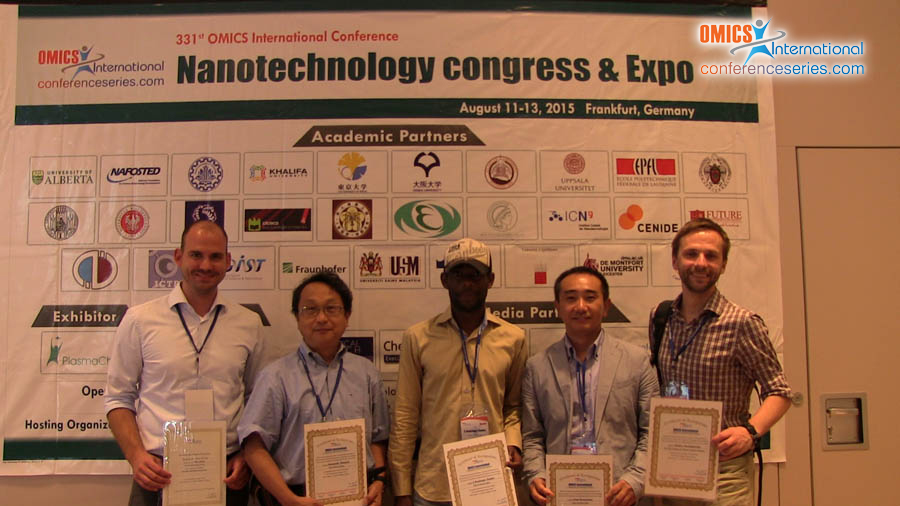
Max Eisele
University of Regensburg, Germany
Title: Field-resolved multi-terahertz nano-spectroscopy
Biography
Biography: Max Eisele
Abstract
Understanding the underlying physical properties of solid state systems has always been the key challenge in disentangling the origins of complex emergent phenomena like high-temperature superconductivity, insulator-to-metal phase transitions and charge density waves. Such effects strongly depend on the precise interplay between low-energy excitations such as phonons, excitons and plasmons. The development of terahertz time-domain spectroscopy has provided a way to directly couple to these far to mid-infrared excitations and study their dynamics with the ultimate time resolution – faster than a single cycle of light. However, the spatial resolution of far-field terahertz studies is intrinsically limited to the scale of the probing wavelength by diffraction. Scattering-type near-field scanning optical microscopy (s-NSOM) has the potential to overcome this limitation. Here, we demonstrate a unique combination of ultrafast terahertz spectroscopy with s-NSOM. Phase-stable mid-infrared pulses are scattered off the tip of an atomic force microscope and detected by electro-optic sampling, enabling the observation of the oscillating electric near-field with 10-nm spatial resolution and 10-fs temporal resolution. We apply our novel microscope to study the ultrafast local carrier dynamics in an indium arsenide nanowire. By resolving the oscillating scattered near-field as a function of pump-probe delay time and position, we record an ultrafast movie of the local evolution of the electron density with sub-cycle time resolution. The development of field-sensitive spectroscopy with sub-nanoparticle spatial resolution marks the dawn of a new era for sub-cycle measurements, where nanoscale experiments can be envisioned for virtually any process suitable for time-resolved studies in the mid-infrared.



